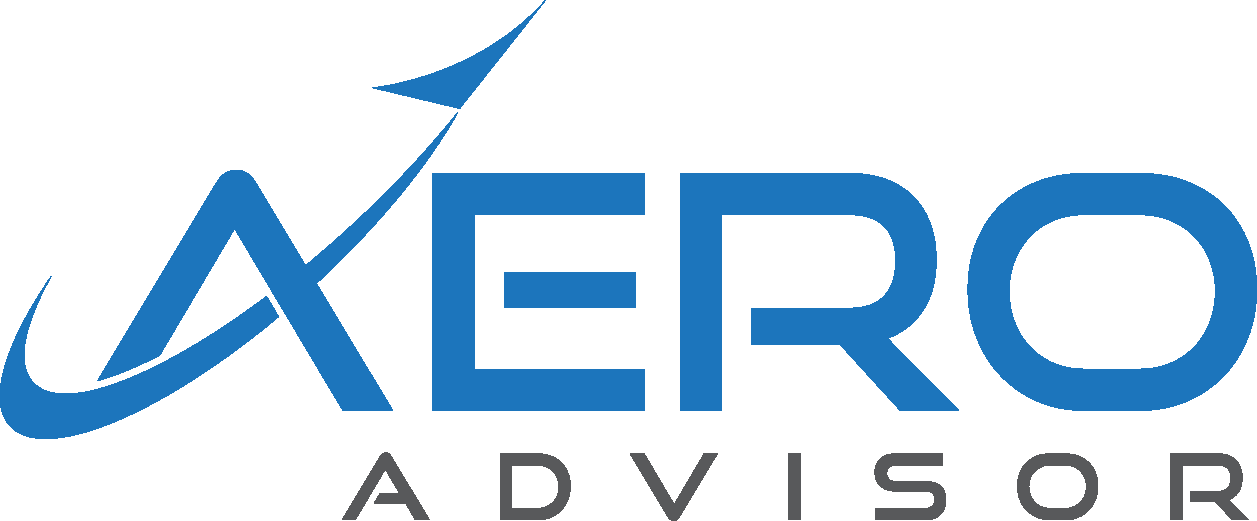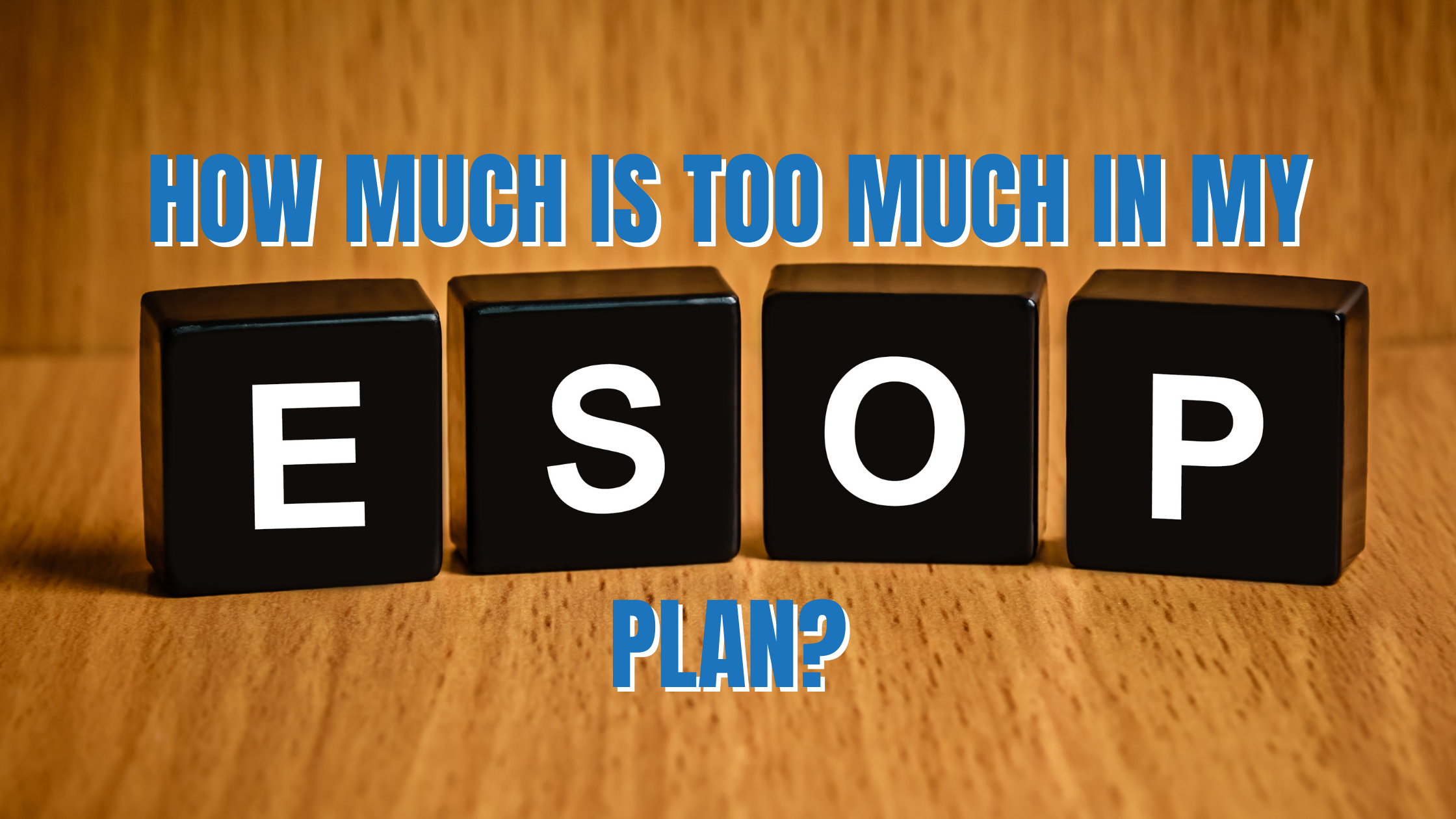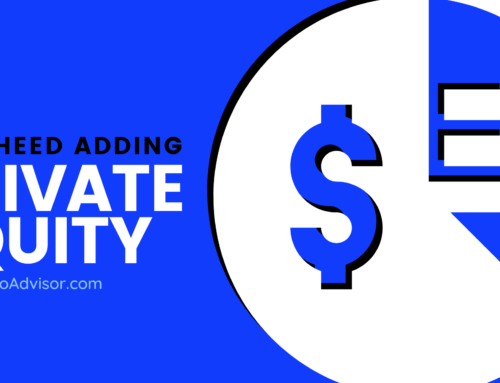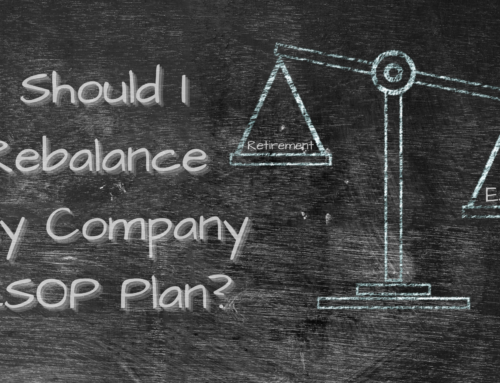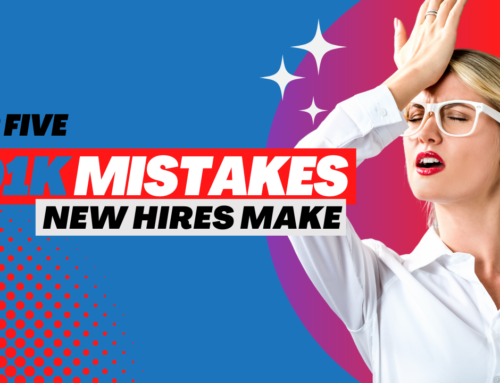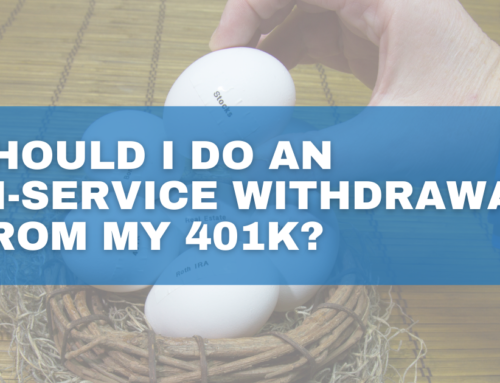Are you worried you have too much in your company ESOP plan? It’s important to understand your Lockheed Martin Employee Stock Ownership Plan (ESOP) as part of your overall financial picture. In this article, we will provide insights and practical tips to help you assess and manage your Lockheed plan effectively.
What is an ESOP?
Before we dive into the assessment process, let’s clarify what the plan actually is. An Employee Stock Ownership Plan (ESOP) is a retirement benefit plan offered by companies to their employees. It allows employees to become partial owners of the company by providing them with stock ownership. The Lockheed Martin ESOP functions similarly, granting its employees the opportunity to acquire shares of the company’s stock over time.
The Importance of Evaluating your ESOP
While participating in an ESOP can be a nice bonus to being an employee at Lockheed, it’s crucial to ensure that your ESOP holdings align with your overall investment strategy. Evaluating the proportion of your company stock compared to other investments is important for maintaining a well-diversified portfolio. Having an excessive amount of stock in your ESOP can expose you to undue risk, especially if the stock’s performance starts really bouncing around. Also, if you’re still working at the company, your paycheck is dependent on how the company is doing, so it’s a good idea to balance your risk in your retirement portfolio and not place too much importance (your income and your retirement!) in the company itself.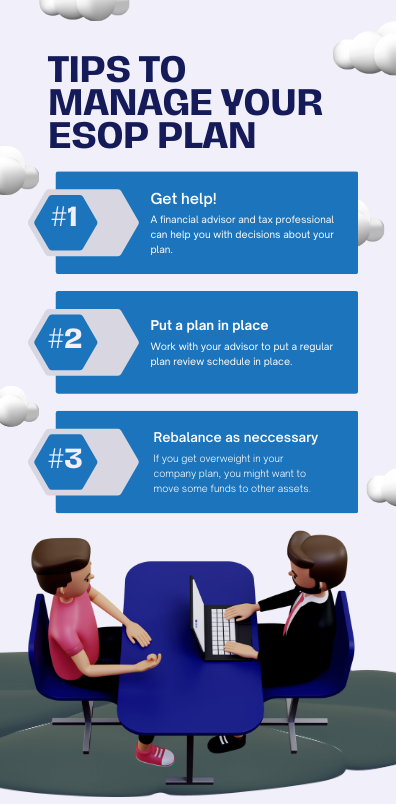
Assessing Your Holdings
To determine whether you have an excessive amount of company stock in your Lockheed Martin plan, consider the following factors:
- Contribution Rate: Analyze the rate at which your ESOP contributions are being made. A high contribution rate might result in a disproportionate accumulation of stock, potentially going over the amount you are comfortable holding.
- Company Performance: Evaluate Lockheed Martin’s financial health and growth prospects. A company with a strong market position and consistent performance might indicate a safer investment option.
- Diversification: Examine the composition of your overall investment portfolio. Aim for a well-balanced mix of stocks, bonds, mutual funds, and other assets to mitigate risk. Consider adjusting your ESOP holdings accordingly to achieve an optimal balance.
- Time Horizon: Assess your investment timeline and risk tolerance. If retirement is in the near future, you might want to gradually reduce your ESOP holdings to minimize the potential impact of market volatility.
Managing Your Plan Effectively
Once you’ve evaluated your ESOP holdings, it’s a good idea to manage the plan going forward. Let’s take a look at a few steps you can take that might help.
- Talk to a Financial Advisor: Seek guidance from a qualified financial advisor with expertise in retirement planning and stock investments. They can provide personalized advice tailored to your financial goals and circumstances.
- Regular Portfolio Reviews: Set a schedule to do periodic reviews of your investment portfolio to ensure it aligns with your evolving goals and risk tolerance. Make adjustments as necessary, including rebalancing your ESOP holdings. Not rebalancing your portfolio is a common mistake we see in many 401k plans.
- Tax Considerations: Be aware of the tax implications associated with ESOP distributions or sales. Understanding tax laws and consulting a tax professional can help you make sure you are taking not only risk, but taxes as well into account before making decisions.
Well – How much is too much?
This is going to vary with each person’s individual risk tolerance and financial goals, but generally, we don’t suggest having more than 5-10% of your net worth tied to any one company. Having those regular reviews is a great way to make sure that if you do approach those general guidelines, you think about rebalancing your ESOP.
Evaluating your Lockheed Martin ESOP holdings is essential for maintaining a healthy and diversified investment portfolio. By assessing the contribution rate, company performance, diversification, and time horizon, you can determine if you have an excessive amount of stock in your ESOP. Remember to manage your employer plan effectively by consulting a financial advisor, conducting regular portfolio reviews, considering tax implications, and exploring ESPPs. With careful evaluation and strategic management, you can optimize your ESOP and align it with your long-term financial goals.
Want to dive deeper into your company plan? Check out NUA!
Can't find what you're looking for on our website? Have a question regarding your financial picture? Want to leave us some feedback? We would love to hear from you. You can email me at Brian@TheAeroAdvisor.com or fill out the form below.
By submitting this form, you are consenting to receive marketing emails from: . You can revoke your consent to receive emails at any time by using the SafeUnsubscribe® link, found at the bottom of every email. Emails are serviced by Constant Contact
The opinions voiced in this material are for general information only. They are not intended to provide specific advice or recommendations for any individual, nor intended as tax advice. We suggest that you discuss your specific situation with a qualified tax or legal advisor.
LPL Tracking #459347
